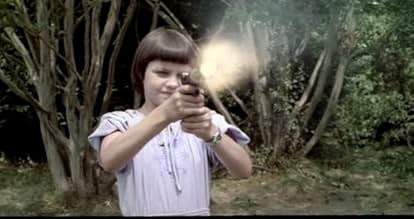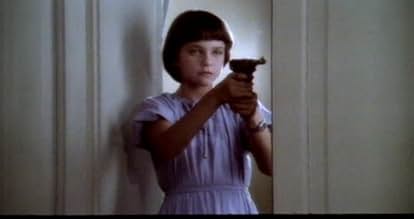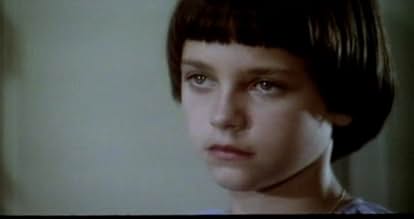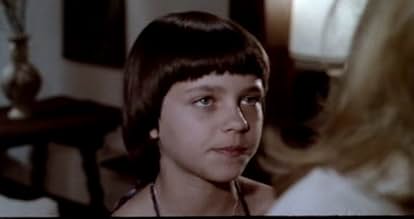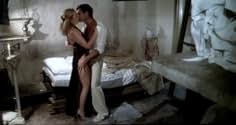L'immoralità
- 1978
- 1h 49m
Ajouter une intrigue dans votre langueFederico, a criminal on the run, forms an inappropriate relationship with 12-year-old Simona. Her mother Vera conspires with Federico to murder Simona's disabled father, straining Federico's... Tout lireFederico, a criminal on the run, forms an inappropriate relationship with 12-year-old Simona. Her mother Vera conspires with Federico to murder Simona's disabled father, straining Federico's bond with Simona.Federico, a criminal on the run, forms an inappropriate relationship with 12-year-old Simona. Her mother Vera conspires with Federico to murder Simona's disabled father, straining Federico's bond with Simona.

